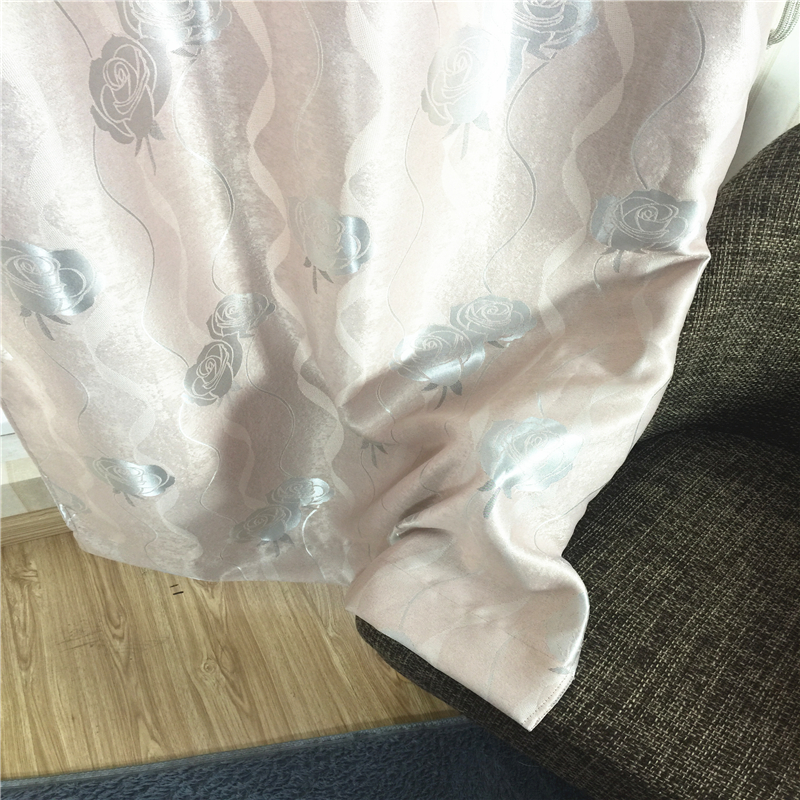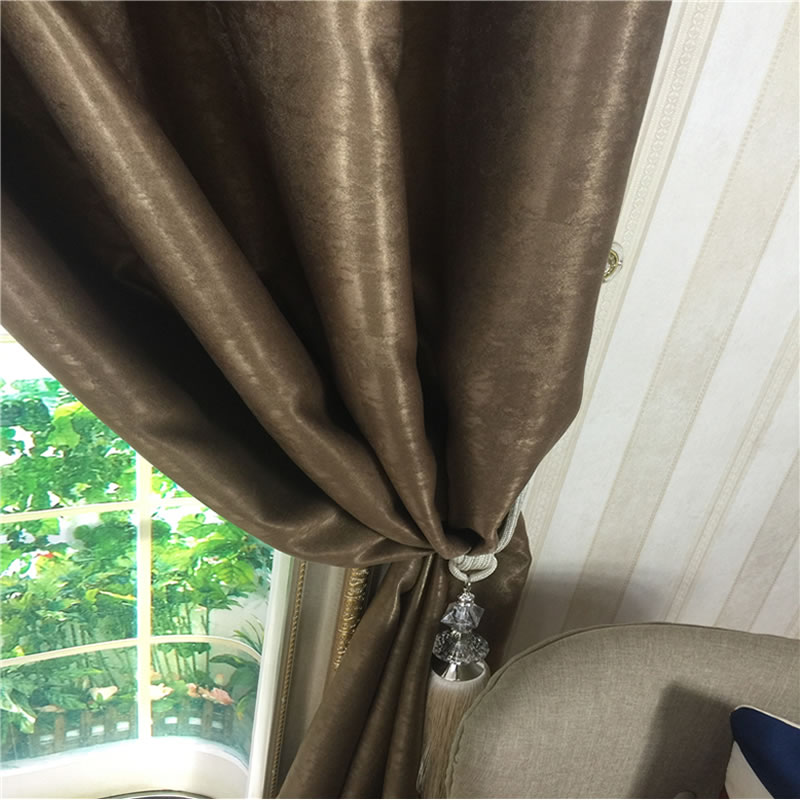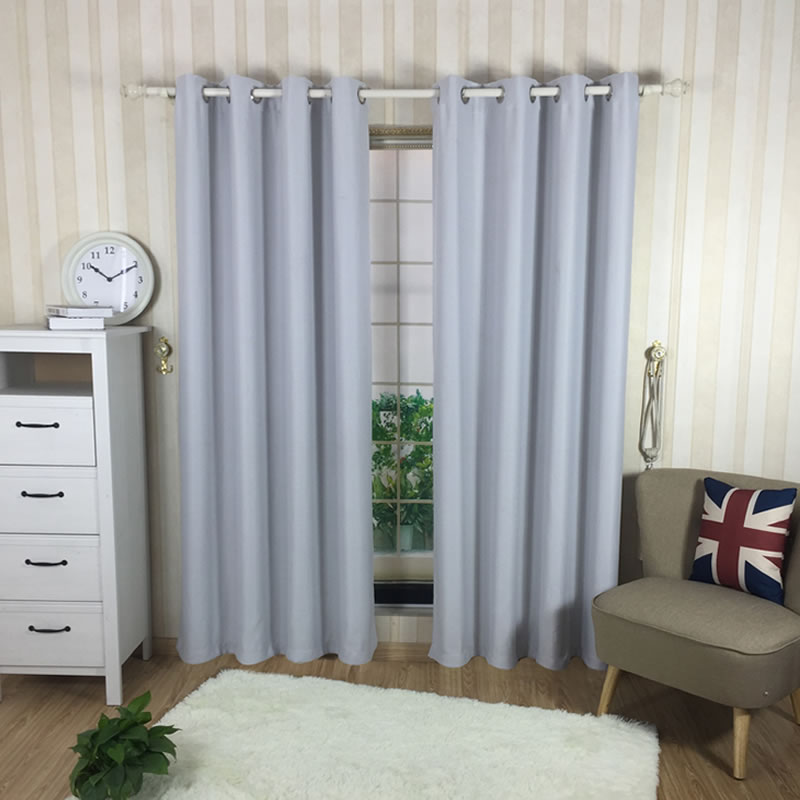The Cultivation Technique of Willow and Raw Material White Willow
Our
Blackout Curtain including Plain Blackout ,Hotel Blackout, Fleece Blackout and Jacquard Blackout.
Its usual cuttable width is 280cm, weight can depend on customer`s request.
Most of the blackout fabric from ETDZ is piece dyed fabric, which is also widely
used in China`s domestic market. We mostly exported our blackout fabric to
South-east Asia and also South America.
Blackout Curtain Blackout Curtain,Blackout Curtain Fabric,Blackout Window Curtain,Hotel Blackout Curtain,Hotel Blackout Ningbo Etdz Holdings Ltd , http://www.etdztextile.com
White willow roots are well developed and have a wide range of adaptation to the soil. The most suitable soil is the deep soil or light loam soil. White Willow is resistant to drought and drought, like water and fertilizer, sex and nitrogen fertilizer, appropriate amount of phosphorus, potassium, boron and other fertilizers will help improve the quality of white willow. One year of cultivation can be harvested for many years, harvested twice a year, summer harvest (flat bar) and autumn harvest (fall bar). Due to the influence of diseases, pests, and soil, etc., the longevity of wicker is only 2-3 years, and the yield declines after 3 years, so it should be replaced once every 3-4 years. The main breeding method is cuttings. There are nearly ten species such as large leaf, green skin, Rongliu, and new two willows, of which the new two willow has the largest cultivation area. Cultivation Techniques:
1, soil preparation fertilization. Soil preparation after soil thawing in spring, deep plowing 20-25 cm, combined with 1/15 hectare (1 mu) of organic fertilizer applied in site preparation, 3000 kg of diammonium phosphate, 10-15 kg of diammonium phosphate, 10-15 kg of potassium chloride, ammonium bicarbonate 20 - 25kg, flattened and made into a 2 meter wide flat file.
2, cutting. The thick stalks were used, and the buds were full of pest-free wicker, cut off the root shoots, and cut 15-20 cm cuttings. 25-30 cm spacing, 3 cm spacing, 75,000-80000 strains per 1/15 ha. Cut the wicker to expose the ground about 2 cm is appropriate, timely irrigation after plug.
3, field management of the v strip. (1) Pest control. Seedling period is a period of high incidence of diseases, insect pests and weeds, and weeds should be eradicated in time. The main insect pests are larvae of the caterpillar beetles, bridge-building moths, and mauritius, which can be sprayed with 40% of ****1000-1500 times liquid, or sprayed with 25% of fast-killing eugenol 2000 times. (2) fertilizer and water management. When the wicker grows to about 50 centimeters, 40 to 50 kilograms of ammonium bicarbonate is applied per 1/15 hectares in combination with watering, and 10 to 15 kilograms of urea are applied per 1/15 hectares in combination with watering when grown to 100 to 150 centimeters. Water is often watered when there is little rain in spring. Sufficient water is the key to high yields. (3) Pruning. Wicker branches easily below the top during the whole growth period, reducing the use value of the wicker and must be knocked out, leaving only the middle or highest growth point. Timely control of pests and diseases is an important measure to reduce wicker tresses.
4, v strip harvest. Summer harvesting is an important part of the wicker production process. The quality of the wicker is not only related to the variety, but also related to the harvesting time. Harvesting has affected the yield and toughness of the white willows. If the harvest is late, it will not be peeled off. It also requires cool harvest time and sunny days when it is hot. It is usually harvested on a sunny morning or in the evening, peeled off in the morning, and dried in the hot sun. The day is dried. Only white willows will be bright and white, otherwise the white willows will be rough, grayish, prone to spotting, and the toughness will be reduced. In addition, the harvest of buckwheat strips will also affect the production of autumn strips. Harvesting will generally start in mid-July and be harvested by the end of August.
5. Autumn field management. (1) Prevention of pests and weeds. The herbicide should be sprayed in time after harvesting, sprayed with 50% acetochlor in 1000-1500 times, and be careful not to spray on the alfalfa. In the seedling stage, it is also prone to harms such as the larvae of the larvae Moth, bridge-building larvae, and brooded golden tortoises, and can be sprayed and treated with 25% quick-killing emulsifiable concentrate 2000 times. In addition, there is the occurrence of rust, with 20% of triadimefon wettable powder 50-75 grams of water 50 kg spray, can effectively prevent the occurrence of rust. (2) The fall seedlings are in high temperature and rainy season. Droughts are likely to cause dead seedlings, water accumulation in the fields and perishable roots under high temperature conditions. The appropriate soil moisture content is the key to ensuring Miao Qi and Miao Zhuang. The criterion for water management is to keep the soil moist and unable to accumulate water.
After the strips are harvested and combined with watering, 15-20 kg of urea is applied per 1/15 hectares. In the first half of September and early October, the top dressing will be topped with water, applying 10-15 kg of urea per 1/15 ha.
6, autumn harvest. Harvested after frost, the harvested wicker can be peeled off immediately, or it can be buried in wet sand and slowly peeled off.
7, perennial wicker management. For every 1/15 hectares of soil thawing in the spring, 50-60 kg of ammonium bicarbonate is applied. In the middle of May and in mid-June, the fertilizer is applied twice, and 15 to 20 kg of urea is applied per 1/15 ha. Other management is the same as the annual wicker, and it will be changed after 3 years. 

